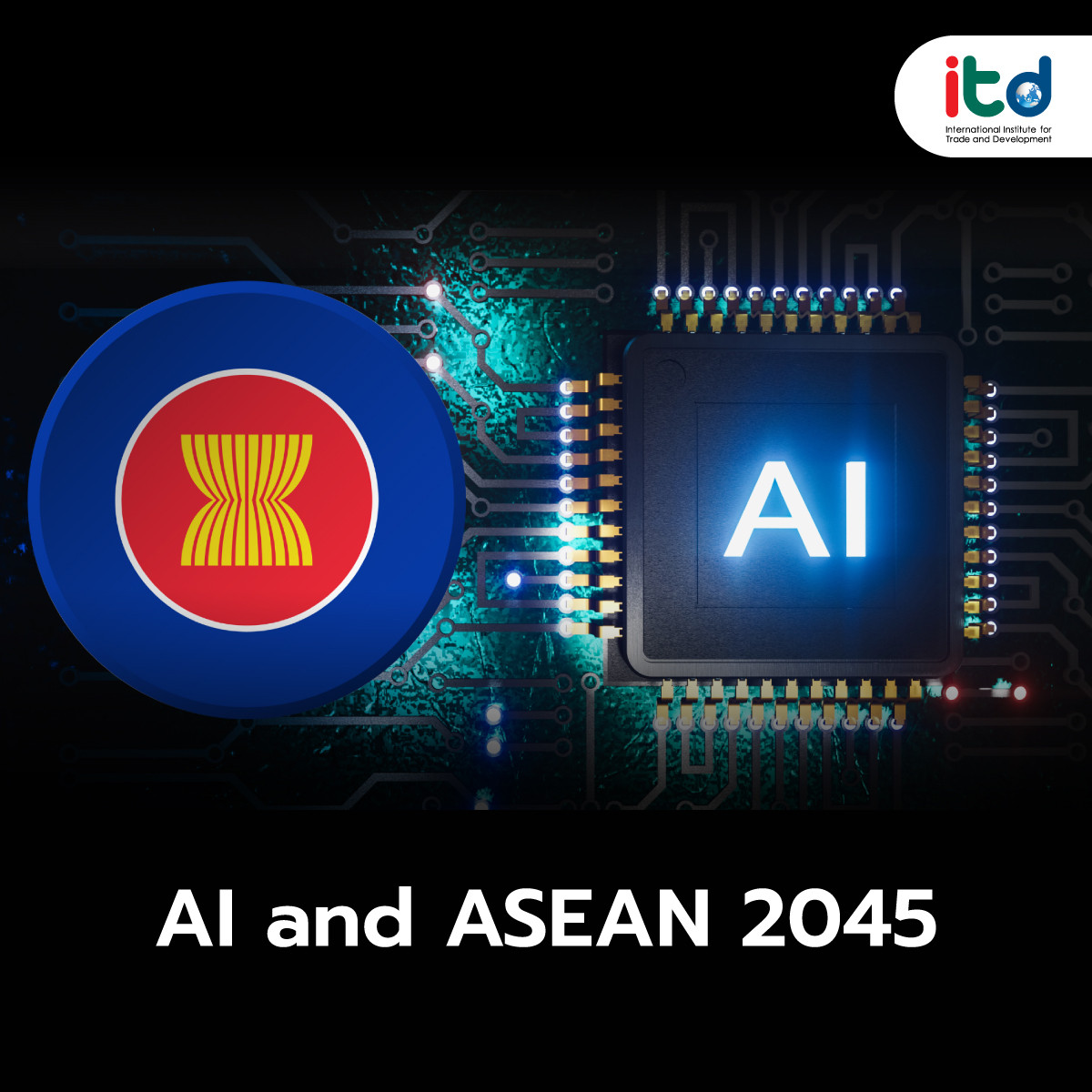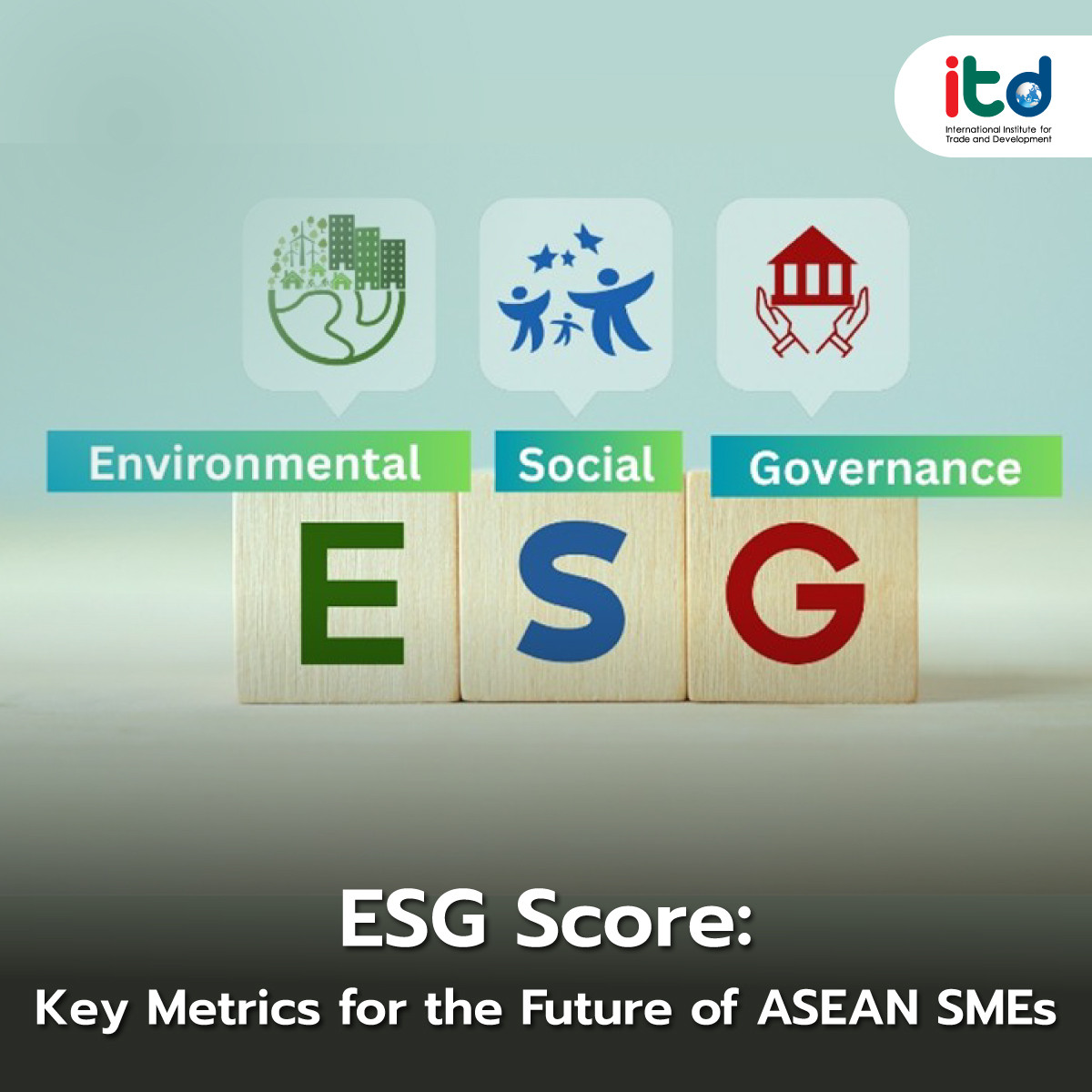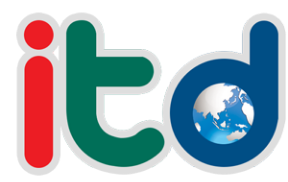About Documents
Southeast Asia is home to several major rivers, some of which connect multiple neighboring countries that share borders. These rivers are the lifeblood of the ecosystem and sustain countless lives through agriculture, fisheries, and tourism. However, rivers in this region are facing increasingly severe water pollution problems. These stem from household waste, industrial waste such as heavy metals, chemical residues from agriculture, and plastic waste. Such pollution impacts living organisms, human health, and the overall quality of the environment.
Recently, heavy metal contamination in rivers in northern Thailand has become an alarming issue that cannot be ignored. According to a report by the Office of Environmental and Pollution Control Region 1 in Chiang Mai, levels of heavy metals, particularly arsenic and lead, have exceeded safety standards in the Sai, Kok, and Mekong Rivers in Chiang Rai Province. This has raised serious concerns about the health of local ecosystems and communities. Heavy metals such as lead, arsenic, cadmium, and mercury are elements that do not degrade naturally and can persist in the environment for a long time. Once they enter the human body through eating, inhalation, or skin contact, they can cause chronic toxicity and increase the risk of cancer.
The Kok and Sai Rivers originate in Shan State, Myanmar, before flowing into Thailand and merging with the Mekong River in Chiang Saen District. This raises an important question about the origin of transboundary pollution, which is suspected to be linked to mining activities on the Myanmar side. Addressing this issue is challenging due to the pollution sources being located outside the jurisdiction of the Thai government.
This situation highlights the problem of transboundary pollution, which refers to pollution that originates in one country but causes environmental damage in another through mediums such as water or air. This type of pollution is difficult to control because it involves multiple countries and differing legal systems. Managing transboundary pollution is constrained by jurisdictional limitations and the need for international cooperation.
According to the Asian Development Bank’s 2024 report, several approaches can be used to manage water pollution. These include constructed wetlands, water pollution taxes, extended producer responsibility, and financial mechanisms such as blue bonds and public-private partnerships. In cases of transboundary water pollution, international cooperation, particularly through intergovernmental cooperation, becomes a key mechanism. For the Mekong River, the Mekong River Commission (MRC) serves as a vital platform for conflict resolution and public participation. However, the MRC lacks legal enforcement power, which limits its effectiveness in pollution control
At the regional level, such cooperation plays a crucial role but faces obstacles such as conflicting national interests, political tensions, limited resources, and insufficient public engagement. Addressing these challenges requires building trust among countries, enhancing stakeholder participation, securing adequate funding, and designing clear organizational structures. An example is the International Commission for the Protection of the Danube River, established under the Danube River Protection Convention. It uses consensus-based decision-making, equitable burden-sharing, and dispute prevention to foster sustainable cooperation in the Danube Basin.
As ASEAN faces a complex crisis of transboundary water pollution, strengthening regional collaboration is essential. Protecting water resources is not merely an environmental issue; it is an investment in the region’s health, security, and future. Viewing water as a shared asset of humanity is the first step toward achieving sustainable solutions.
Author:
Ms. Natjaree Petruang
Researcher
International Institute for Trade and Development (Public Organization)
www.itd.or.th
Publication: Bangkok BIZ Newspaper
Section: First Section/World Beat
Volume: 38 Issue: 12916
Date: Wednesday, Jun. 4, 2025
Page: 8 (bottom)
Column: “Asean Insight”





